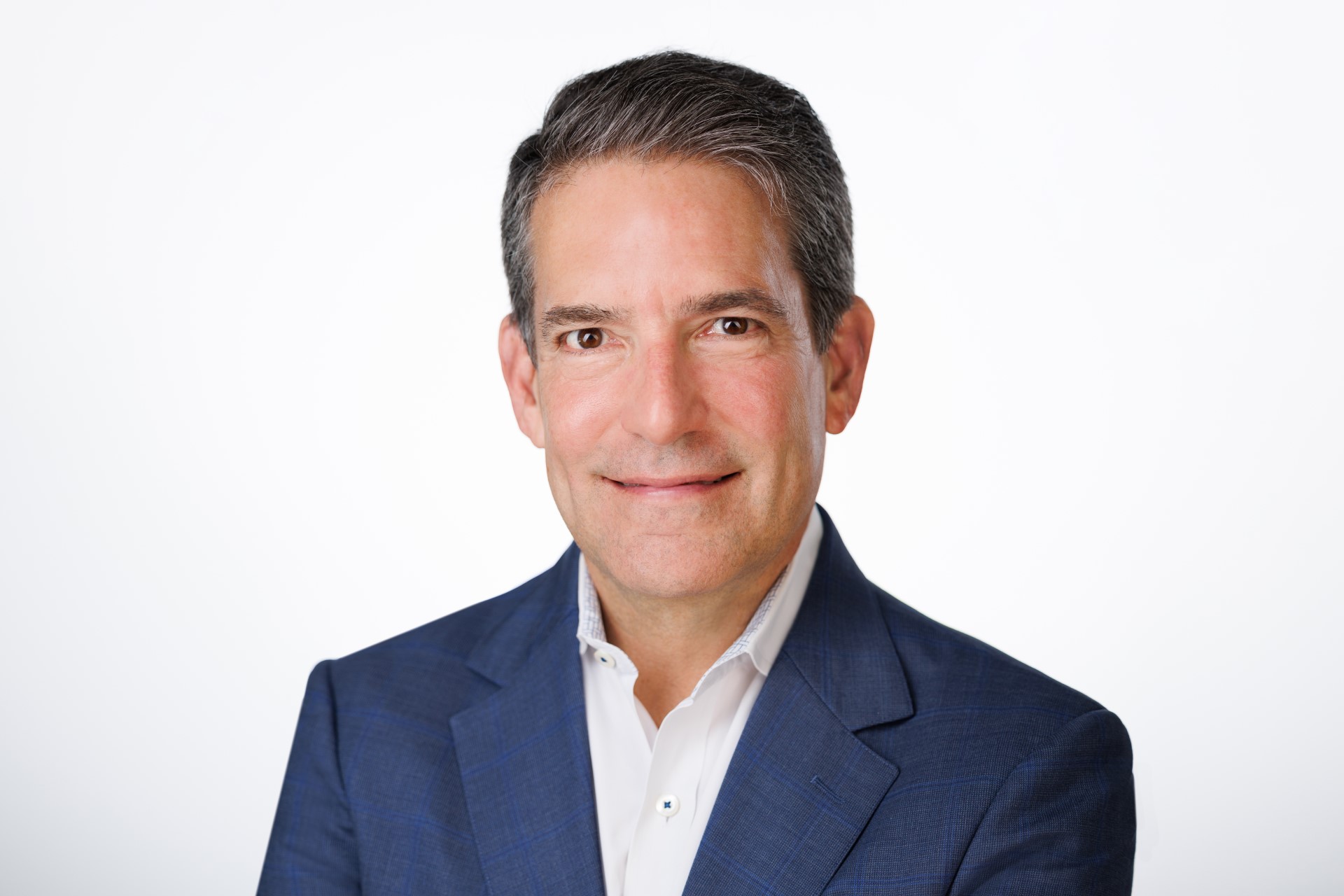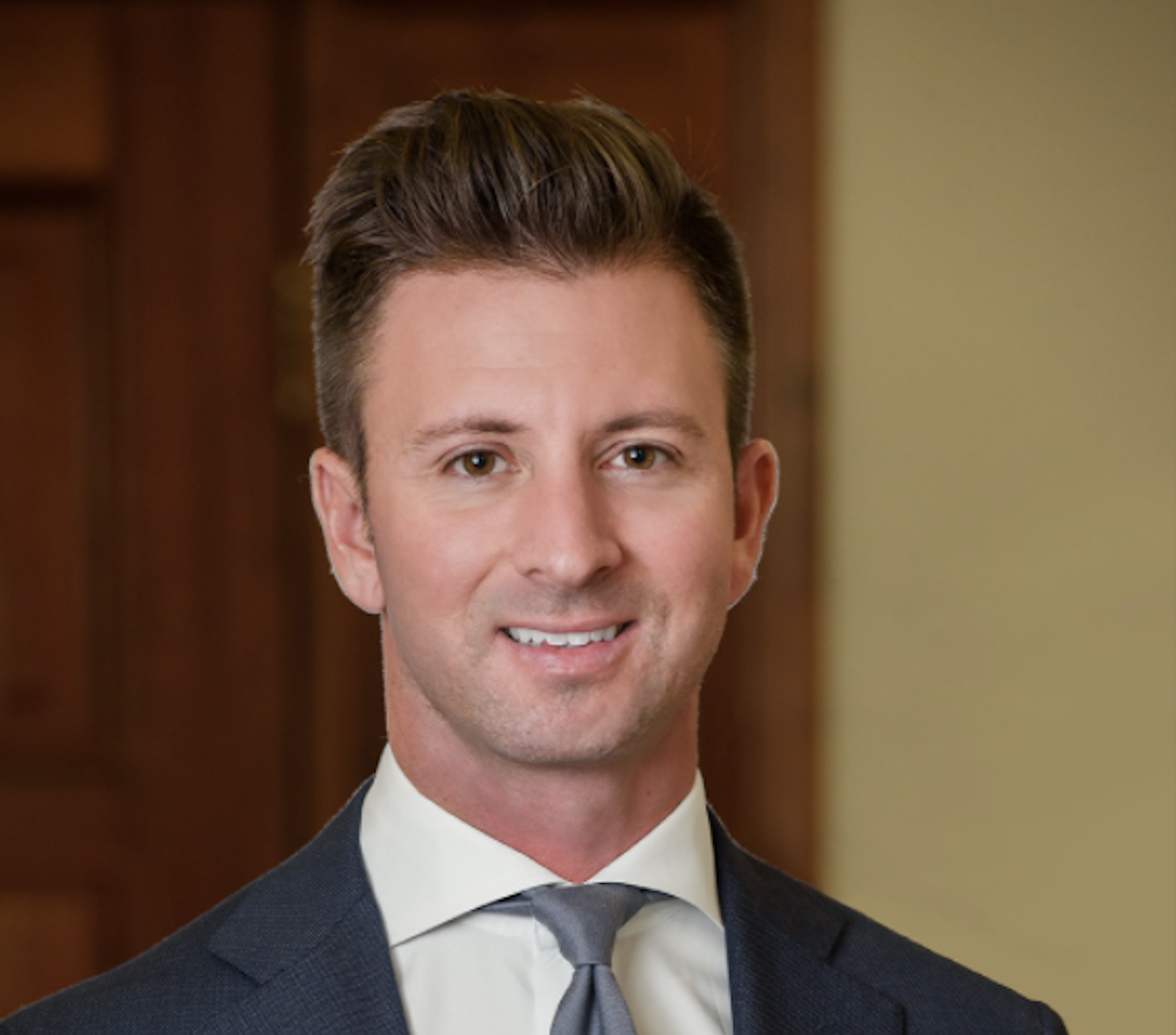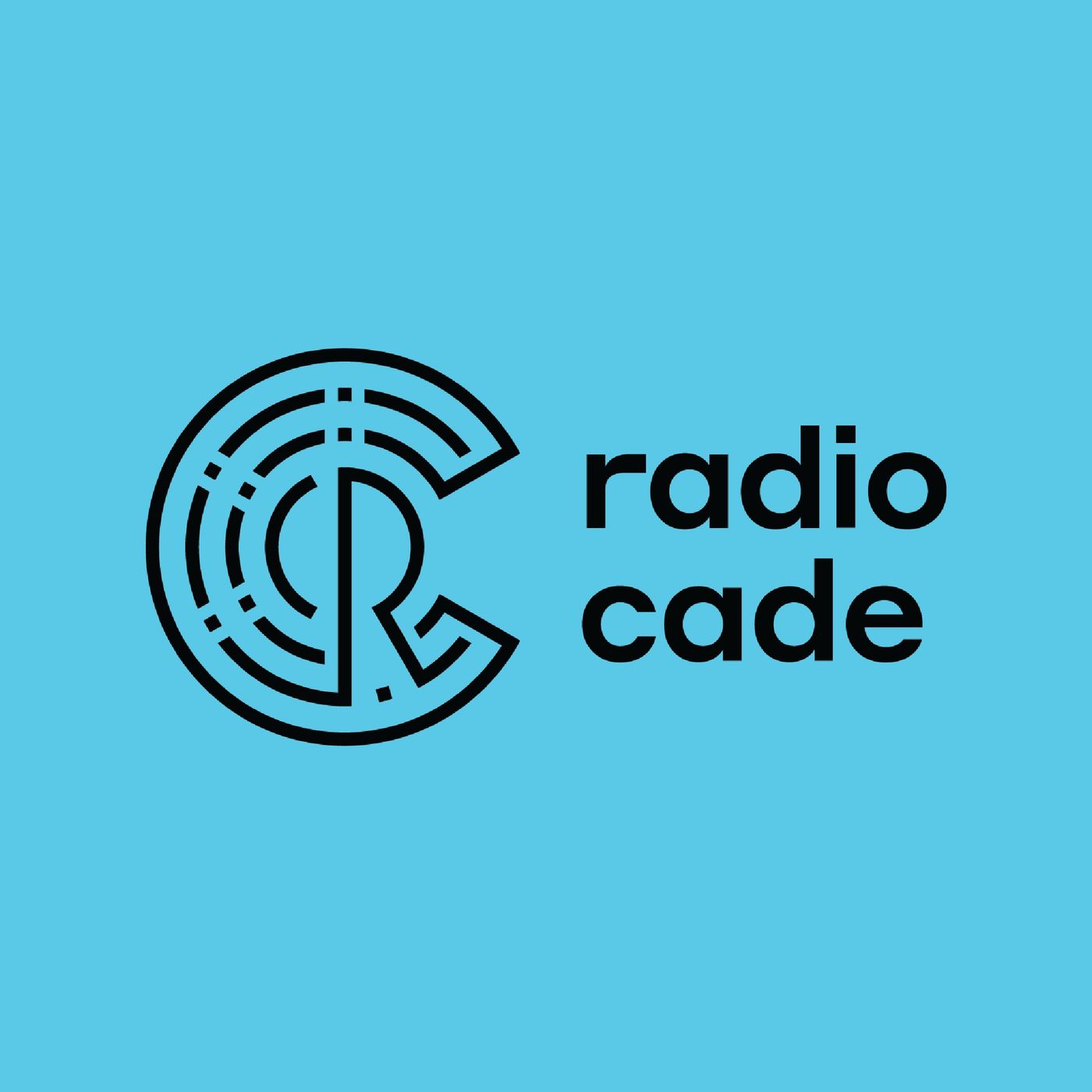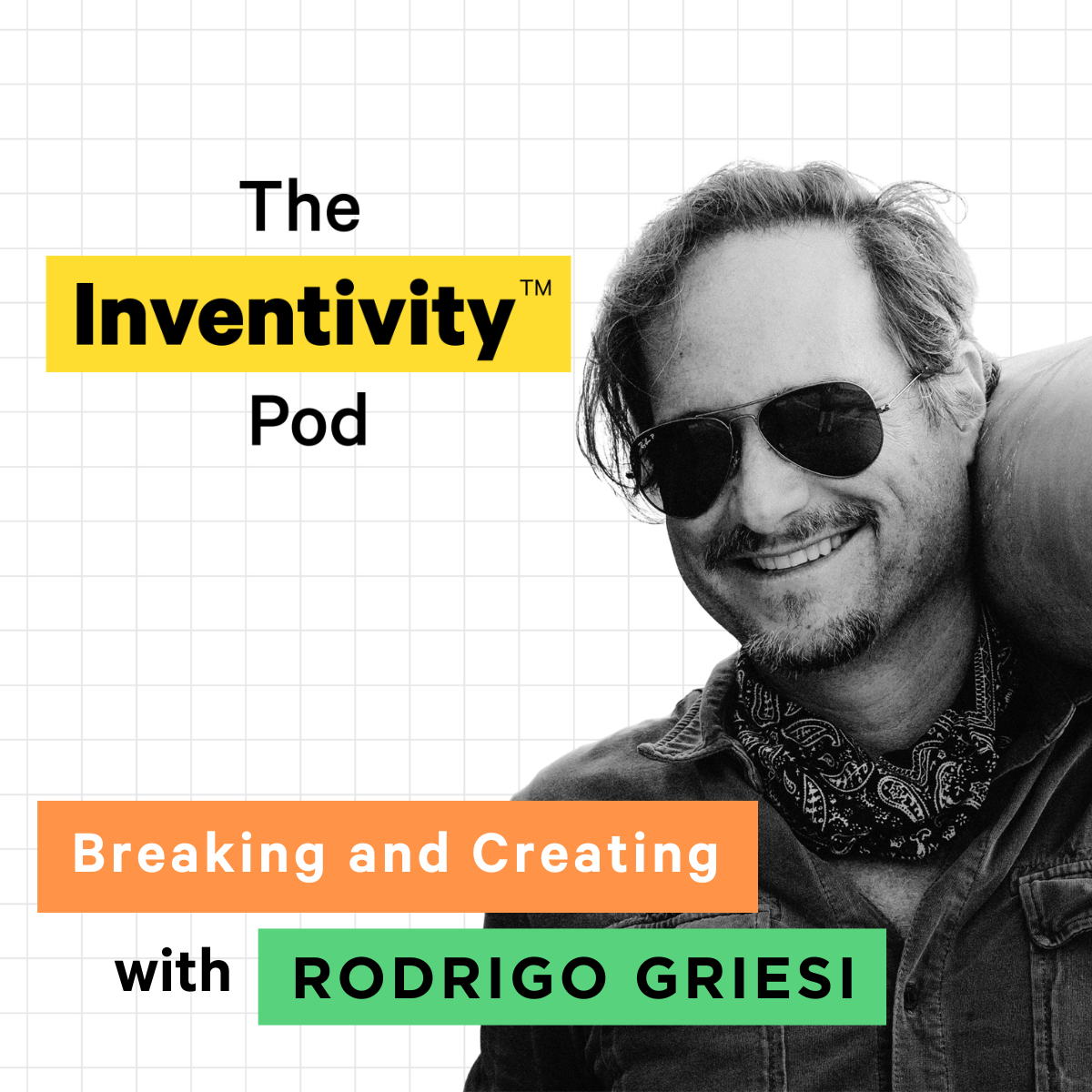Show Notes
Jonelle Toothman has done a lot. A former Division 1 soccer player, Journalism major, and Army brat, she also co-founded NextGen Biologics and became its CEO. The company uses salamander tissue as an architecture for regenerative medicine to help burn victims and help repair wounds. As far as other applications, Jonelle says "our imagination is our only limitation." *This episode was originally released on September 25, 2018.*
TRANSCRIPT:
Intro: 0:01
Inventors and their inventions. Welcome to Radio Cade, a podcast from the Cade Museum for Creativity and Invention in Gainesville, Florida. The museum is named after James, Robert Cade who invented Gatorade in 1965. My name is Richard Miles. We'll introduce you to inventors and the things that motivate them. We'll learn about their personal stories, how their inventions work, and how their ideas get from the laboratory to the marketplace.
Richard Miles: 0:39
This morning we have our guest Jonelle Toothman, who is the co-founder and chief executive officer at NextGen Biologics. Welcome, Jonelle.
Jonelle Toothman: 0:47
Thank you.
Richard Miles: 0:48
So before we talk about NextGen and what it is you do and invented, tell me a little bit about yourself. Where are you from? Where'd you grow up? What were you like, what did parents do, tell us everything that you want to tell us about.
Jonelle Toothman: 1:00
So I am a very high energy, high passion, extremely outgoing, and I grew up and was born in Germany.
Richard Miles: 1:10
Germany. Why, Germany?
Jonelle Toothman: 1:13
Why Germany, my Dad is retired Air Force, so we did a little bit of moving around as a child.
Richard Miles: 1:18
Uh, where in Germany?
Jonelle Toothman: 1:21
Zweibrücken.
Richard Miles: 1:22
Okay. There's a big airbase there, right?
Jonelle Toothman: 1:23
There is.
Richard Miles: 1:24
Okay. And you're there just as an infant or how many years were you in Germany?
Jonelle Toothman: 1:30
A young child. We left there when I was five.
Richard Miles: 1:31
Okay. Um, and so as you're growing up what sort of inspired you to become a CEO? Did you ever even think about it or what were you like as a kid?
Jonelle Toothman: 1:40
I'm still trying to figure out how that title is where I'm at right now. As a kid, I really... all I cared about was being outdoors and playing sports. I, uh, was outside from dusk till dawn and all I wanted to do is play soccer. So, the passion really came later in life after my sister actually passed away of brain cancer.
Richard Miles: 2:06
Oh, I'm sorry to hear that.
Jonelle Toothman: 2:07
So my sophomore year in college she had a devastating disease that only allowed her to live 18 months after finding out that she was diagnosed with brain cancer. And during that time in college, I kind of evaluated what I was doing with my life and where I was going and what the opportunities were.
Richard Miles: 2:25
What were you studying at the time, Jonelle?
Jonelle Toothman: 2:27
I was a journalism major.
Richard Miles: 2:29
Journalism, okay.
Jonelle Toothman: 2:29
So I thought I wanted to do sports broadcasting. That was kind of my thought and ambition at the time.
Richard Miles: 2:34
And you got a degree in journalism?
Jonelle Toothman: 2:36
Journalism and mass communications.
Richard Miles: 2:38
Okay. So did you go back and start studying biology or how did you wander into that field? I mean the example your sister, but obviously you didn't have an educational background equip you for that field.
Jonelle Toothman: 2:51
Exactly, and I knew the educational aspect of going back and being a physician of some sorts was not my passion. School and academia was not the route that was going to make me a benefit to society when it came to medicine. So I had to figure out something different besides being a physician and that's where the pharmaceutical side of the business and medical side of the business from a sales perspective became intriguing and interesting. I could still impact that medical field, but do it with the things that I was naturally good at versus the things that I would have to really pursue that might not be as passionate but have the same benefits.
Richard Miles: 3:31
Did you ever do anything with sports journalism at all Jonelle?
Jonelle Toothman: 3:34
I did a few broadcasting shows for Marshall University in West Virginia where I played division one soccer there. I did a few of the sports broadcasting for some other additional sports.
Richard Miles: 3:45
So let's talk about NextGen Biologics. It says here that you're developing a novel extracellular Matrix. What does that mean to the normal person?
Jonelle Toothman: 3:57
So an extracellular matrix also known as an ECM. It is basically utilized to repair soft tissue in the body. So if you think of a burn victim or somebody that's had a surgical type of procedure, they often have soft tissue that needs to repair... a scar or a wound that won't heal. That extracellular matrix is a surgical patch that you would put in a wound bed to promote healing and allow that soft tissue to grow back.
Richard Miles: 4:33
So these are living cells that you're...
Jonelle Toothman: 4:35
So they're not. They're not technically living cells. So if you think about it from a standpoint of right now they use pig or they use cow and they take the d ermis, the skin of those particular species, and they use those as a patch to cover that wound so you can prevent infections and the risk of losing those wounds are those limbs, but that's basically a patch that allows new soft tissue to grow and repair.
Richard Miles: 5:04
So the product that NextGen is developing, it's a patch, but it's from human material?
Jonelle Toothman: 5:09
So it's actually from one of the most amazing species we've ever seen in science. If you think about a salamander that is fascinating, if you crush its spine, it regrows. If you take off a limb, it regrows part of its organs regrow. It is the only species that we know of or that I personally know of that can regenerate its entire organ system as well as skeletal system. And so we're starting with the best material that we've seen in science versus our own human dermis that we don't regenerate. So these...
Richard Miles: 5:45
So these are actually salamander cells?
Jonelle Toothman: 5:47
They're not cells. So it is, it is...
Richard Miles: 5:51
You have to work with me Jonelle. I'm slow.
Jonelle Toothman: 5:55
It is the tissue from Salamander, that is what promotes that healing aspect.
Richard Miles: 5:59
Are geckos salamanders or not really?
Jonelle Toothman: 6:02
Not really.
Richard Miles: 6:02
Okay. So you can't co-brand with Geico for marketing purposes.
Jonelle Toothman: 6:04
Unfortunately, and fortunately, we won't be selling cars, but hopefully repairing some wounds.
Richard Miles: 6:10
Alright, so wound repair. I mean, I'm thinking there are a lot of applications here, but why don't you break it down for me, what are the applications that you think are the most likely for this technology?
Jonelle Toothman: 6:20
So this is what's exciting and fascinating about that technology. Our only limitations are our imaginations and the scientific imagination of where this application could be indicated for. So we can utilize and we're starting to utilize and going through the process to get approved to utilize this surgical patch for wound regeneration. So if you think about a diabetic foot ulcer or a really bad, a surgical procedure that has been infected because the patient had some sort of disease or are they smoked or they are hypertensive and they just don't heal as well as a young person might. This patch would help them to cover that wound to decrease the infection that can get to that wound. And then eventually start to tell the body to repair that tissue in a way that allows new tissue to form.
Richard Miles: 7:17
So for those people now, what sort of treatment do they get, if any?
Jonelle Toothman: 7:21
So right now, if you think of a wound or a burn victim right now, they're getting either donated human cadaver skin, they're getting the cow, the pig, they're getting some synthetic, like Gortex type of material. But basically they're getting some sort of cloth, if you think about it or Bandaid, if you think about it, they're getting something to put on that wound that allows it to not get infected and for new tissue to start growing.
Richard Miles: 7:49
And is the problem with these other solutions that they don't grow or they're not as effective? Or is that not an adequate solution?
Jonelle Toothman: 7:56
So they're all adequate solutions. That's the good thing. Uh, patients and physicians have choices for what's needed. They're all great products. The difference that we're trying to capture is we're starting with a material that naturally has regenerative capabilities. So if you think about using human skin that's been donated from a cadaver, humans no longer have the ability to regenerate. We lose that ability after the second trimester. So when you put on that new skin, what happens is your body accepts it and it eventually creates new skin, but you'll see really bad scars. You'll see divots within our creators kind of where that skin doesn't heal upwards. It kind of heals in the crevice of where that wound bed was. The material that we're starting with is naturally regenerative. It naturally has the proteins, the nutrients, the cytokines, the healing aspect that we're looking for. So what we're hoping that this product, when you implanted in a human or you put it on that surgical site, that we turn on the light switch back to what our body naturally knew how to do when it was in the wound bed and that is heal. So we're hoping that it turns on this light switch and creates that healing form to create less fibrosis, less scar, and allow your body to adapt that and then regrow new tissue that's almost childlike versus the fibers and the scar that we're used to.
Richard Miles: 9:27
Wow. That is exciting. Um, you talked about an approval process. You're talking about the FDA approval process, right? Where are you in bed? Are you, did you just file or are you about to get your approval? Tells us about that.
Jonelle Toothman: 9:38
So it's actually an FDA clearance and it's for a specific indication, which we're not claiming that we heal wounds faster. We're not claiming that we can heal wounds better. What we're trying to show the FDA currently is that we are equal to what's out there right now in not wound healing but in surgical wound repair.
Richard Miles: 10:00
So in theory this is easier, right? Because the FDA in essence has already approved the core technology. Now you're asking them to approve another version of that core technology?
Jonelle Toothman: 10:09
So we're asking them to approve another animal species form since we're already using animals species out there. And so where we are with that clearance right now is the FDA has reviewed a lot of our information. We had to prove that we're safe, as safe as those other products out there, and we've done all of those initial studies, we've passed those initial studies. The FDA last summer has asked us to complete a few additional human clinical studies because this particular animal or species has never been used in a human before. So they've asked us for a couple of those. We are in the process of finishing those currently. Our last human trial will end in April. We will resubmit back that data to the FDA that they've asked for additional safety and efficacy and we hope to be on the market by Q four of this year.
Richard Miles: 11:02
Wow, that's great. Jonelle, tell me a little bit about NextGen Biologics. You're the co-founder and CEO. I'm assuming you licensed this technology from somewhere. Was it University of Florida technology?
Jonelle Toothman: 11:14
It was not a University of Florida technology, but it is licensed. Uh, there is a brilliant woman, her name is Ryan Early and she filed this patent back in 2014 and NextGen kinda came about because Jamie Grooms, my co-founder, and partner had worked with this woman in the past and I met Jamie who is a serial entrepreneur, has been extremely successful in regenerative medicine in this space and also taking companies public. He and I met in 2013 and just had the passion for regeneration and, and what we can do in the future and bringing a new technology to a market that's growing and could give added benefits to wounded warriors or children that are cleft palates or anything like that that you could really fix in a surgical setting. And we kind of came together and licensed this technology from Ryan early and started the company back in 2013.
Richard Miles: 12:14
We had another guest on the show, Ron Hayes, who compared being an entrepreneur to start up a. He was a fighter pilot, Ron and he said it was like being a five product and then you have long periods of boredom punctuated by extreme terror. So tell us about being in a startup, being the CEO of a startup, if you'd like to share what was your best day or one of your better days and if you'd care to share one of your worst days, your worst day with us.
Jonelle Toothman: 12:39
So that's an interesting analogy. When it comes to fighter pilots, I don't fly. So it's definitely understood though. Being an entrepreneur, it's the hardest I've ever worked. The least amount of money and the most stressful I've ever been. It is. But it's also the best job I've ever had. I've been doing this since 2013. Really came on full board in 2016, a 100%. And I love it. I wake up every day excited when you wake up every day excited and you have a big win in the middle of the afternoon to soon find out you take three steps back at 2:00 in the afternoon. It's a little more difficult, but the good days are extremely high and the bad days are extremely low. But I'd rather have the huge highs and the lows knowing that we're going to accomplish something great.
Richard Miles: 13:28
Do you know if you had a young person come to you, let's say they had just graduated with a degree and decided they were going to do something else and they wanted to do a startup company. What words of wisdom would you give to that person, tell them to flee or what to?
Jonelle Toothman: 13:42
I think the initial thing would say to flee, but absolutely not. The biggest piece of advice is find something that you genuinely are passionate about. Find something that you can wake up every day when money's tight, when you're extremely tired, when you don't want to go to work, wake up with something that you are passionate about. Really enjoy what you do, but also be willing to take that risk. There is nothing more rewarding than shaking hands with Ron Hays right now and him saying that they just got FDA approval. It genuinely gives me complete chills because that success is something that I've never experienced yet before and it is something that you know that a team surrounded you and your vision and your philosophy and that as a team, you moved a needle and got to a point to bring something to the market that can save lives. So I would say as a young entrepreneur, you're young, you're vibrant, you're ready to take on a new challenge. Try, failure's not that bad. At the end of the day, we all fail something I feel every day, but when, where you can celebrate those successes and try again, learn from it.
Richard Miles: 14:52
Jonelle That's great advice and we look forward to having you back on the show after you've rung the bell at the New York Stock Exchange, after your highly successful IPO and we'll have you back. Thank you very much for joining Radio Cade.
Jonelle Toothman: 15:05
Thank you for having me.
Outro: 15:12
Radio Cade would like to thank the following people for their help and support. Liz Gist of the Cade Museum for coordinating Inventor Interviews. Bob McPeak of Heartwood Soundstage and downtown Gainesville, Florida for recording, editing, and production of the podcasts and music theme. Tracy Columns for the composition and performance of the Radio Cade theme song featuring violinist Jacob Lawson. And special thanks to the Cade Museum for Creativity and Invention located in Gainesville, Florida.





